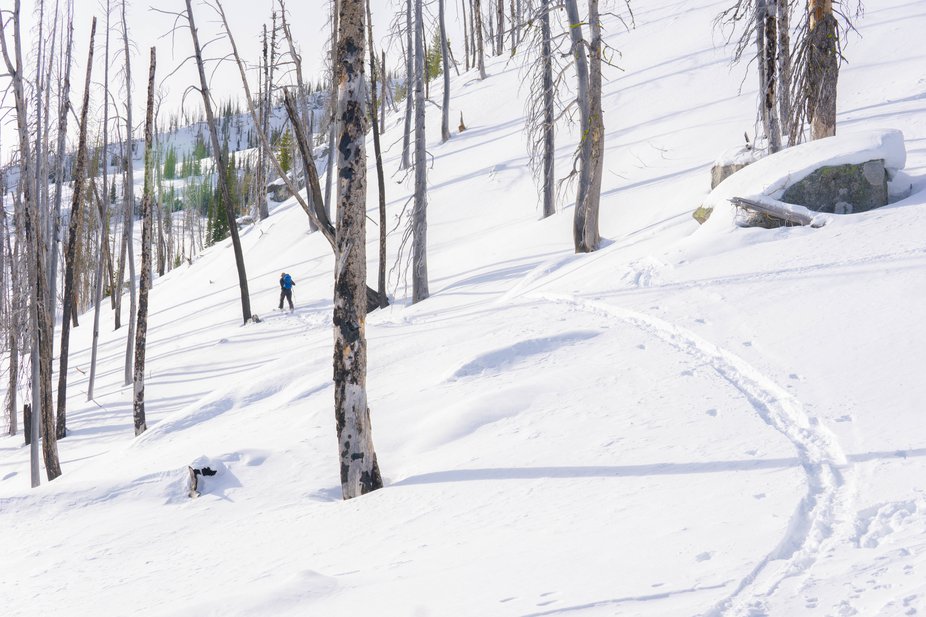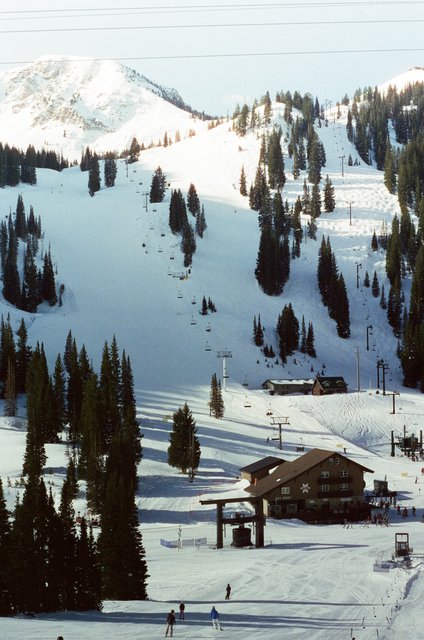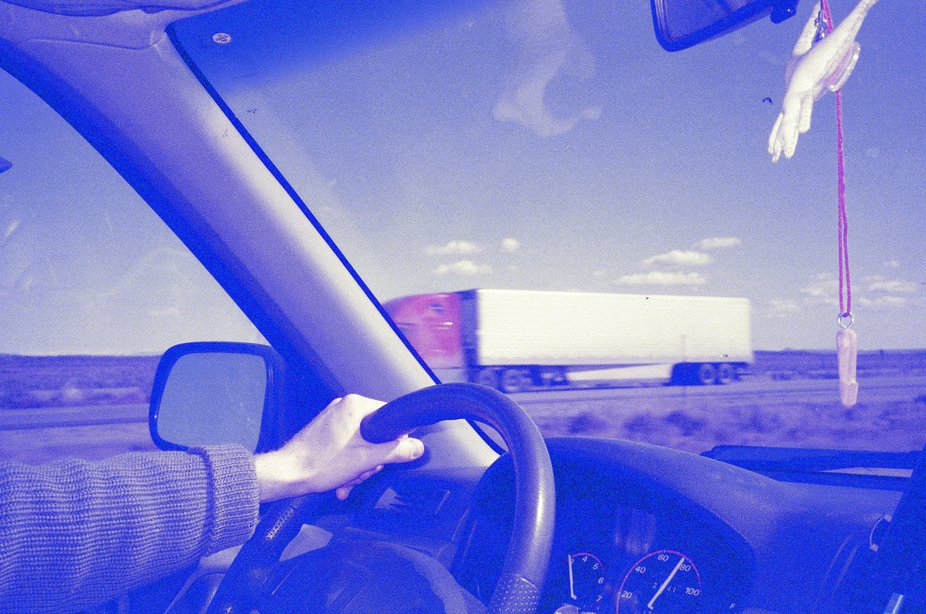What the hell is skiing? If you direct that question towards ski bums you’ll get plenty of answers, mostly in platitude form. Skiing is freedom. Or, maybe, skiing is community. They could also just respond with something like, it’s the fucking best outdoor non-team sport, too, although that’s perhaps a bit too precise for the point I’m making.
The problem with platitudes is that they're vague. You can use them as labels as much as you want, but they’ll just peel off the second you turn away. Skiing has communities, and skiing sometimes gives people the feeling of freedom. But if you have a look at the dictionary definition of skiing you’ll notice that neither community nor freedom appears. Merriam-Webster, the heavyweight champ of defining words since 1828, says skiing is “the art or sport of sliding and jumping on skis”.
Sure, this definition isn’t wrong. Whenever I go out for a ski that’s all I really do. I click in, ride a chairlift or tour, and then slide back down. If I’m feeling particularly crazy I’ll go jump off something, or throw a trick in the mix. These activities can be filed into the ‘leisure’ category. For me, and probably most of you reading this, I partake in “the art or sport of sliding and jumping on skis” for fun.

So, perhaps Merriam-Webster is right. This discussion can end here. Or, maybe, their definition has the opposite problem of the aforementioned platitudes. It’s too precise, not vague enough to account for the myriad of forms skiing has taken over the years.
The inflexibility of Merriam-Websters definition is particularly salient when you look into the past. Skiing wasn’t always an “art”, or “sport” that people did for fun. In its infancy, it provided a method of winter transportation for hunters in ancient China and medieval Finland. To these grizzled people, skiing was a way to get around. You could guess that they probably saw skis in the same way we see a train or mid-sized sedan. There’s a chance that some ancient Finns got hopped up on mead and tried to send a backflip on their 200 cm wooden skis, but it isn’t very likely. Darwin probably accounted for those folks before they could alter that path of history.
Then, sometime in the late 1800s, some crazy Europeans got bored with nordic skiing and gave downhill a chance. The sport slowly took off, and by 1936 downhill skiing was an official Olympic sport. And, to use an entirely overplayed stock phrase, “the rest is history”. Skiing exploded across the world, people surged to resorts in droves, and, now, today, you can find people arguing online about “the crossover potential” of something called The S/Lab Shift Binding.
The more practical applications of skiing linger. Militaries still have alpine units. There’s probably some guy in rural Scandinavia that still uses his nordic skis to go buy old fish at the market. Yet, in the popular imagination, skiing’s fun. You do it on vacation. Or you spend your whole work week thinking about getting turns in.

The more obsessed of us spend their lives dedicated to this past time. They work ridiculous summer hours, buy vans to live out of, and do everything in their power to hit that elusive 100-day mark.
The exceptionally talented members of this cadre treat skiing like an occupation. They receive free gear, expenses paid trips, and, in some cases, paychecks from their sponsors, as long as they keep skiing better than everyone else. Their existence once again complicates the definition of skiing. By example, pro skiers demonstrate to young up and comers that skiing is a way “to make it”. If you work hard then skiing might be one of the ways that you pay your bills.
This knowledge has taught many skiers a lot of hard lessons. Luck is always a part of the equation when pursuing a career in skiing. Without natural talent you’re stuck. Some people have it, and others don’t. That’s not to mention the curveballs life is always ready to throw. Injuries, financial troubles, and other fun surprises can send even the most talented skiers to the sidelines.

After this brief tour of skiing’s incarnations, it’s clear that the sport can fall into one of three categories: leisure, tool, and occupation. Fun seems to find a way to bleed into the other categories. Our Scandinavian friend who nordic skis to the fish market might enjoy this part of the day, even if it’s practical. Similarly, it’s obvious that many people who are professional skiers still love the sport.
This rough outline of the ways that we ski leaves something out, though. Skiing has a deeply personal component, too. This part of skiing brings us back to the platitudes and might explain why someone would call the sport freedom or community. Every skier has their moments, on or off the hill, where their personal understanding of the sport was solidified. For each individual, these moments can answer what the hell is skiing better than anything else. And they don’t need much of an explanation.
I can start.
I knew what skiing was when I ate shit so hard on a backflip that my neck hurt for weeks.
I knew what skiing was when I podiumed at a regional freeride comp in high school.
I knew what skiing was when I smoked too much weed at the airstrip in Govy and had to drink Rich & Rare to fall asleep.
I knew what skiing was while making night-time hot laps at Skibowl in a blizzard with my best friends.
I knew what skiing was when I laid into a groomer turn on a pair of freshly sharpened skis.
I knew what skiing was when I had to borrow my dad’s K2 Apache Recons to inspect a freeride comp venue.
I knew what skiing was while I watched my friend's ski podium runs.
I knew what skiing was when I landed a trick for the first time.
I knew what skiing was when I got a late-April sleeper pow day in at Whistler.
Do any of these sound familiar? If you have some moments of your own that helped you define skiing, drop them below.



Comments